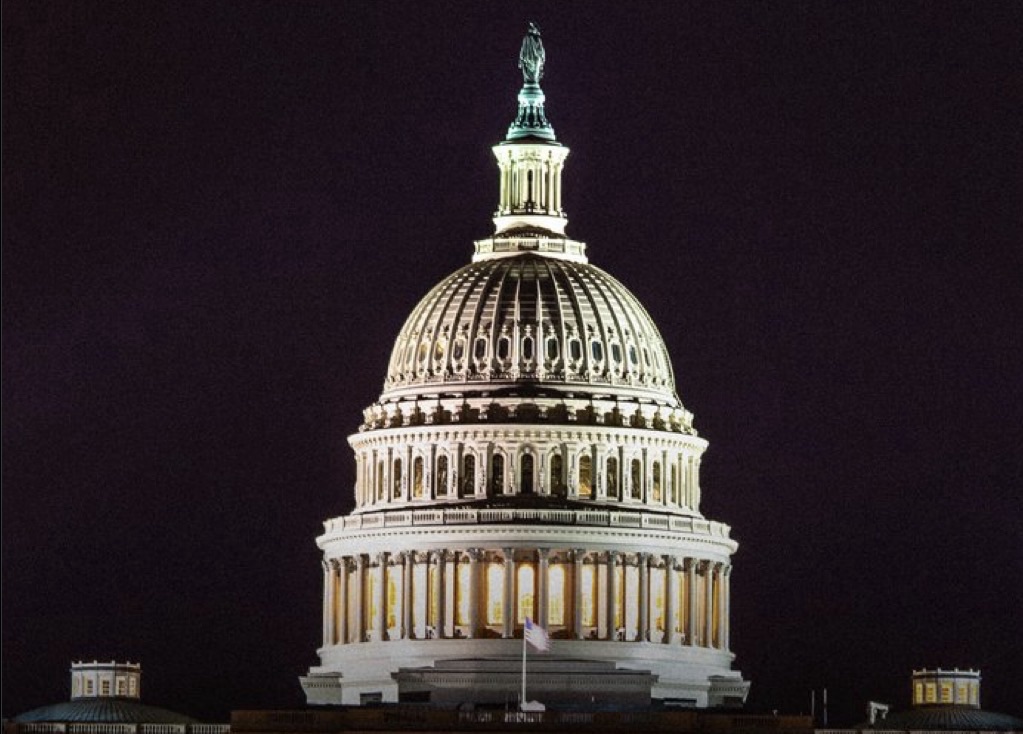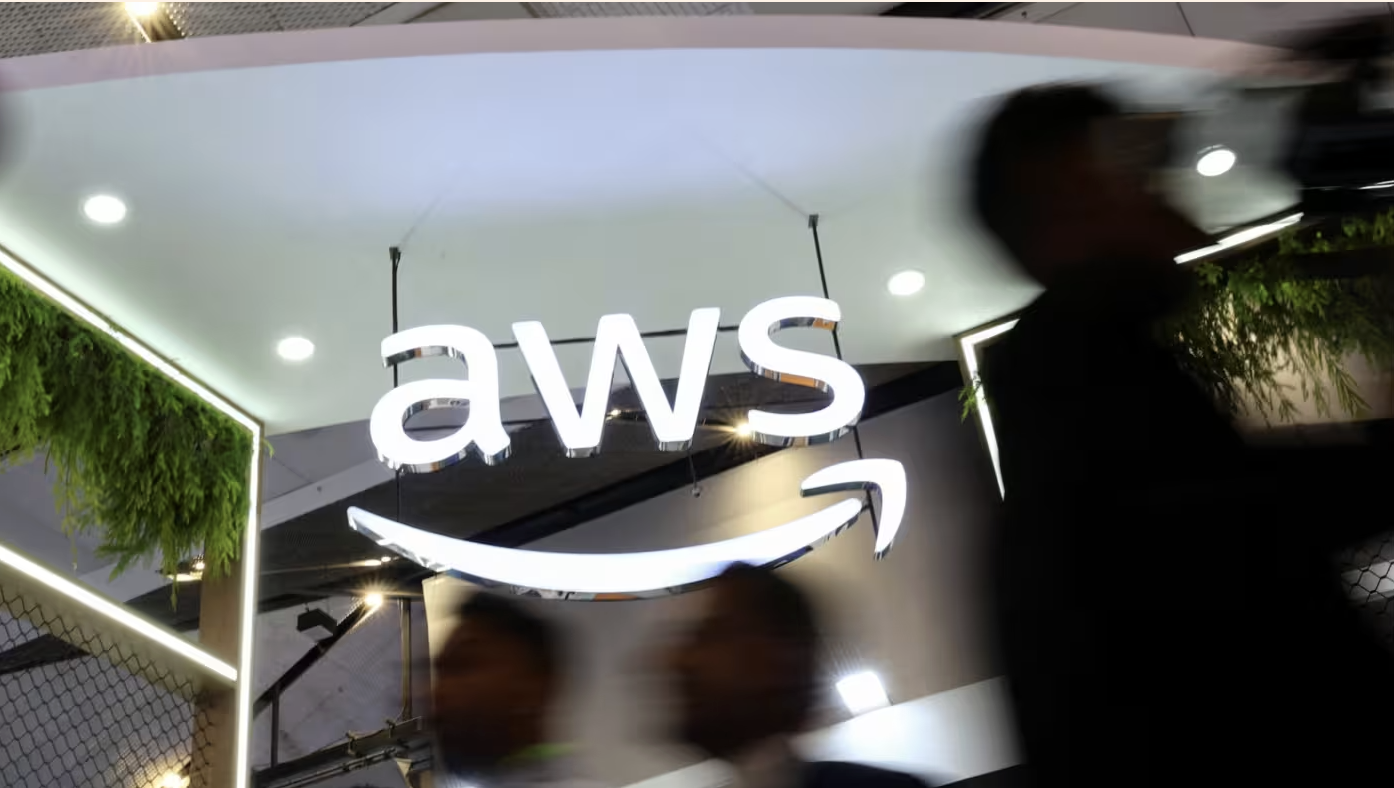
A government shutdown is a situation in which nonessential U.S. federal government offices close because lawmakers cannot agree on a budget or temporary funding measure. In simple terms, it happens when the government runs out of money to keep all its services and employees operating at full capacity. The shutdown is not permanent, but it can create significant disruptions for millions of Americans. To understand this issue clearly, it is important to explore how it happens, why it happens, and what effects it brings to everyday life.
Why Does a Government Shutdown Happen?
The U.S. government operates on a budget that must be passed by Congress every year. This budget determines how much money each department and program will receive. If lawmakers cannot agree on the budget by the deadline, or if they fail to pass what is called a continuing resolution (a temporary measure to keep funding going), parts of the government must stop operating.
The reason is rooted in the Constitution: the government cannot spend money unless Congress authorizes it. Without that legal approval, many agencies are forced to shut down. These disagreements often happen because of political conflicts. For example, one political party might demand funding cuts while another wants to increase spending on social programs, defense, or health care. When neither side compromises, the result can be a shutdown.
Essential vs. Nonessential Services
Not every government office closes during a shutdown. Federal law requires that “essential” services continue to function. Essential services are those directly related to public safety and national security.
- Stay Open During Shutdown:
- The military
- Law enforcement agencies like the FBI and Border Patrol
- Air traffic controllers and airport security
- Emergency medical care at federal facilities
- Close or Operate with Limited Staff:
- National parks and museums
- Passport and visa processing
- Many administrative offices
- Research programs
- Some government contractors
The employees who keep working during a shutdown are often required to do so without pay until the shutdown ends. Nonessential employees are usually sent home without pay, a situation known as being “furloughed.”
Impact on Federal Workers
Perhaps the most visible effect of a government shutdown is on federal workers. During a prolonged shutdown, hundreds of thousands of employees do not receive their paychecks on time. Although Congress usually approves back pay once the shutdown ends, the delay can cause financial stress. Families struggle to pay rent, buy groceries, or cover childcare.
Contract workers—such as janitors, cafeteria staff, and private security guards working in federal buildings—are hit even harder. Unlike federal employees, they often do not receive back pay. This makes shutdowns especially painful for lower-income workers.
Impact on the Public
Government shutdowns also affect the general public in many ways:
- Travel and Tourism – National parks and monuments often close, disappointing travelers and hurting local economies that depend on tourism. Passport delays can also affect international travel.
- Business and Economy – Many government inspections and approvals slow down or stop. For example, small businesses waiting for loans from federal agencies may experience delays. Stock markets can also react negatively due to uncertainty.
- Public Benefits – Programs such as Social Security and Medicare usually continue because they are considered mandatory spending. However, new applications, customer service, and support services may slow down. Programs like food assistance can also face disruptions if the shutdown lasts too long.
- Research and Development – Scientific research funded by federal agencies, including medical studies and environmental monitoring, may be paused. This can set back projects that rely on continuous data collection.
Historical Examples
Government shutdowns have happened multiple times in U.S. history. The most notable recent example was the 2018–2019 shutdown, which lasted 35 days—the longest in history. It began in December 2018 and ended in January 2019. The disagreement was over funding for a border wall. During that period, about 800,000 federal workers were either furloughed or working without pay.
Another significant shutdown occurred in 2013, lasting 16 days. It was caused by disputes over the Affordable Care Act, commonly known as “Obamacare.”
These examples show that shutdowns are usually linked to deep political battles in Washington, D.C., and they can have lasting economic consequences.
Economic Cost
Government shutdowns are not only politically damaging but also expensive. The Congressional Budget Office has reported that the 2018–2019 shutdown cost the U.S. economy billions of dollars in lost productivity. Federal workers spending less money during the period also hurt local businesses such as restaurants, gas stations, and childcare centers.
Even though some of the lost activity may recover once the shutdown ends, certain losses—like canceled trips, delayed investments, or suspended contracts—are permanent.
How Do Shutdowns End?
A shutdown ends when Congress and the President agree on a funding plan. This can be either:
- A full budget for the fiscal year
- A continuing resolution that temporarily funds the government while negotiations continue
The political pressure of public anger, media coverage, and economic damage often forces leaders to reach a deal. However, as long as political divisions remain strong, the risk of future shutdowns continues.
Conclusion
A government shutdown means that the U.S. federal government has temporarily run out of legal authority to spend money on many of its operations. While essential services continue, countless others pause, disrupting the lives of federal workers and the general public. The causes are usually political disagreements over spending priorities, and the consequences ripple through the economy, families, and communities.
Shutdowns are a reminder of how closely government decisions are tied to everyday life. For most Americans, they serve as a clear example of how political gridlock in Washington can directly affect their jobs, travel, finances, and sense of stability. Understanding what a shutdown means helps people see the stakes involved in budget negotiations and why compromise in government is often necessary.
By. Wilgens Sirise







